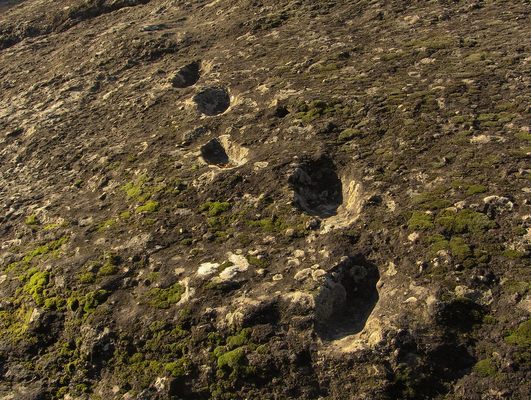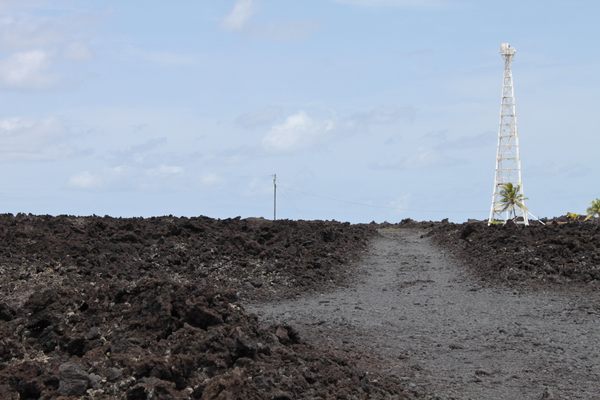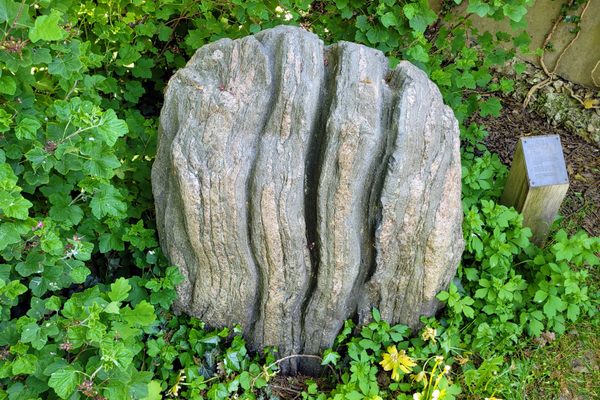About
When the inhabitants of the villages of Tora and Piccilli went to bed one evening in 1816, their world was just as they had always known it—if you ignored the strange torrential rains that had been plaguing the region. The next morning, however, life was forever changed. During the night, the rain-soaked soil on the hillside had broken loose and tumbled down into their reservoir, where masses of volcanic rock displaced a huge wave that thundered down the valley and swept away their mill at the mouth of the ravine.
What could have caused such sudden, violent destruction? When the villagers inspected the newly exposed rock on the hillside, they found footprints in the solid stone. The perpetrator had left his calling card; only the Devil would unleash such an evil attack on their community and only the Devil would be able to permanently leave his footprints in solid rock.
Scientists now estimate the footprints to have been made 350,000 years ago and were left by an archaic human species known as Homo heidelbergensis, or Heidelberg Man. Contrary to popular belief, the ancient humans didn’t walk on hot lava, but rather ash that had recently cooled from an eruption from the nearby Roccamonfina volcano. A second eruption followed soon after, covering the footprints with a loose material that both preserved the impressions and later allowed the heavier material above it to slide loose in 1816.
The year 1816 is known as the year without a summer. An 1815 eruption from the Mount Tambora volcano in what today is Indonesia, spewed forth so much ash, it caused what we might recognize as a nuclear winter throughout 1816. The resulting rains then caused the “Devil’s Footprints” to emerge on the hillside of another volcano thousands of miles away in Italy.
Visiting the Ciampate del Diavolo is not easy. The locals are proud of their ancient footpath and have created a nice nature park around it, which is kept locked except when accompanied by an official museum guide. As it is outdoors, it would be nearly impossible to prevent all unauthorized incursions, and there is evidence of visitors, frustrated by the locked gate, simply jumping the fence.
Visiting with the guide is preferable, however, as they are able to explain what you’re seeing. Some of the prints are obvious, but others are lost among the lichen of the exposed hillside. Guides can point out the tracks of ancient elephants (including the impression of a trunk), bear, and deer. Researchers have thoroughly studied the trackway and the guide can reenact the early travelers’ path down the hillside. But the highlight of the reenactment may be when the guide can show you where the “Devil” slipped and fell as he walked down the hill.
Related Tags
Know Before You Go
To set up a time to meet the guide, call the number on the notice posted at the gate. Tour guides based in Naples also offer visit excursions.
Flavors of Italy: Roman Carbonara, Florentine Steak & Venetian Cocktails
Savor local cuisine across Rome, Florence & Venice.
Book NowCommunity Contributors
Added By
Published
October 26, 2021

















































